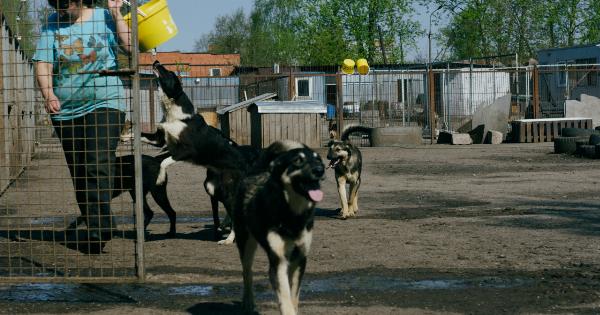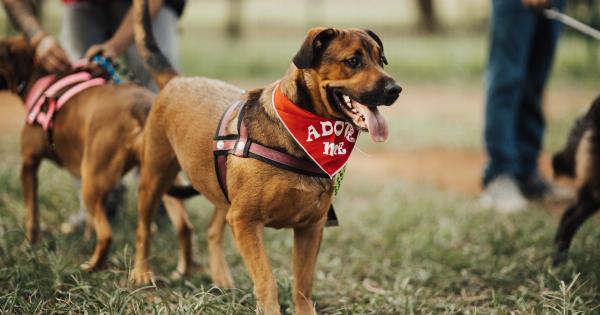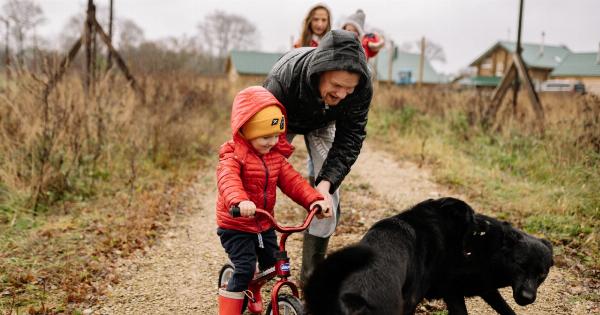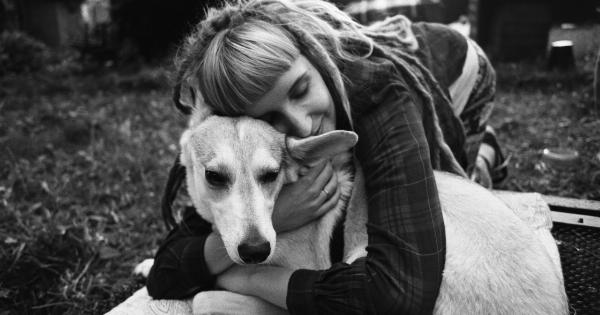Training a dog can be a rewarding and fulfilling experience for both the owner and the pet. However, many dog owners struggle to achieve success in their training efforts due to common mistakes that hinder progress.
Understanding these mistakes and learning to avoid them can greatly enhance your dog training journey. In this article, we will discuss the top mistakes that can hinder dog training success and provide insights on how to overcome them.
1. Lack of Consistency
Consistency is key when it comes to training dogs. Many owners make the mistake of being inconsistent with their training methods, commands, and expectations.
Dogs thrive on routine and clear guidance, so it is essential to stay consistent with your approach. Inconsistency can lead to confusion and delays in the training process.
2. Using Punishments
Using punishments as a primary training method is a significant mistake that can hinder success. Punishments such as yelling, hitting, or any form of physical or verbal aggression can damage the trust and bond with your dog.
It may also lead to fear or anxiety, making the training process more challenging. Focus on positive reinforcement techniques instead.
3. Overlooking Basic Training
Some dog owners jump directly to complex commands or tricks without laying a strong foundation of basic training.
Neglecting basic training, such as teaching obedience commands like “sit,” “stay,” and “come,” can hinder the overall training progress. Basic training creates a solid framework for advanced training techniques and establishes a line of communication between you and your dog.
4. Inadequate Socialization
Socialization is a crucial aspect of dog training that is often overlooked. If a dog isn’t properly socialized, it may exhibit behavioral problems when exposed to new environments, people, or other animals.
Early socialization helps dogs become well-adjusted and confident, making the training process smoother. Expose your dog to different experiences, sounds, and interactions from an early age.
5. Insufficient Exercise
A tired dog is a well-behaved dog. Insufficient exercise can lead to pent-up energy levels, making it challenging to focus during training sessions. Dogs need regular physical exercise to release excess energy and stimulate their minds.
Incorporate activities such as walks, runs, or interactive play sessions into your dog’s routine to ensure they are mentally and physically stimulated.
6. Inconsistent Rewards
While positive reinforcement is a powerful tool in dog training, the inconsistency in rewarding behaviors can hinder progress. When your dog executes a command correctly, reward them immediately with treats, praise, or playtime.
Consistent and immediate rewards reinforce desired behaviors and motivate your dog to continue learning.
7. Failure to Identify Timing
Timing plays a significant role in training dogs. Delivering commands or rewards too late or too early can confuse your dog or reinforce incorrect behaviors. Aim to provide commands and rewards at the precise moment your dog performs the desired action.
This will help them associate the behavior with the command and reinforce the learning process.
8. Neglecting Patience
Training takes time and patience. Many dog owners expect instant results or become frustrated when their dog doesn’t grasp a command right away. It’s important to remember that dogs, like humans, learn at their own pace.
Avoid becoming impatient or resorting to negative training techniques. Consistent positive reinforcement and patience will yield better results in the long run.
9. Underestimating Breed-specific or Individual Traits
Each dog breed possesses specific traits and characteristics that may influence their response to training. It’s crucial to understand and accommodate these traits accordingly.
Some breeds may require different training approaches or exhibit unique behaviors. Furthermore, each dog has an individual personality, which should be considered during training. Tailor your training methods to suit your dog’s specific needs.
10. Lack of Professional Guidance
Attempting to train a dog without seeking professional guidance can hinder success. Dog trainers have extensive knowledge and experience in various training techniques that work best for different breeds and situations.
Enlisting the help of a professional can provide you with valuable insights, guidance, and personalized strategies to overcome any training obstacles you may encounter.
Conclusion
Avoiding these top mistakes in dog training can greatly enhance your chances of success. Consistency, positive reinforcement, patience, and understanding your dog’s individual needs are key elements to achieve desired training outcomes.
By setting a strong foundation, incorporating socialization, and seeking professional guidance when required, you can build a strong bond with your furry friend and ensure training success.

























